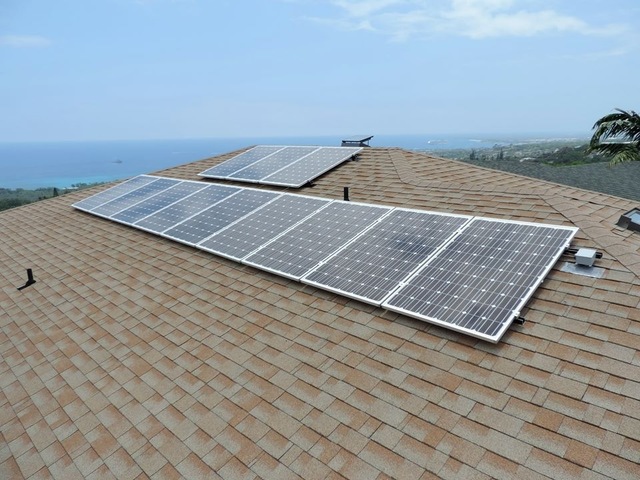Utilities in the Northeast stand to lose as much as half of residential sales by 2030 as customers install solar and battery-storage systems and generate their own power, according to a report by the Rocky Mountain Institute. ADVERTISING Utilities in
Utilities in the Northeast stand to lose as much as half of residential sales by 2030 as customers install solar and battery-storage systems and generate their own power, according to a report by the Rocky Mountain Institute.
Residential and commercial customers who opt for alternatives to traditional, utility-supplied electricity could erode power sales in the region by as much as $34.8 billion, the Snowmass, Colorado-based energy consultant said in the report released Tuesday. Fewer kilowatt-hours sold to customers also will affect utilities’ ability to raise the estimated $2 trillion that needs to be spent to maintain power grids between 2010 and 2030.
A drop in the cost of solar panels and new leasing programs that offer installation with no upfront customer payment has led to a boom in U.S. rooftop systems, which have climbed more than 50 percent annually during the past three years. Utilities in some states have sought added fees from customers who generate their own power, saying the funds will support a grid that users sell excess supply to and rely on when their own systems aren’t available.
“For owners and operators of central generation and transmission, our findings are likely bad news,” James Mandel and Leia Guccione, staff members for the institute, wrote in the report. Utilities need to find new business models that incorporate these systems into their networks, they concluded.
There is a “real risk” that power plant owners selling into competitive markets may have to write down the value of their assets as solar and battery systems sap sales, the authors wrote. The study was done in partnership with Homer Energy, a Boulder, Colorado-based provider of software and services for microgrids.
Companies including SolarCity Corp., NRG Energy Inc. and SunEdison Inc. sell the home solar panel systems, which reduce demand from traditional utilities.
Utility owners have been countering with proposals to reduce the amount customers are paid for the excess electricity generated by their solar panels and instituting monthly grid- connection charges. In Arizona, SolarCity filed a lawsuit last month challenging a plan to charge solar customers a minimum monthly connection fee of $32.44.
Customers in New York, California and Hawaii will find solar and storage systems less expensive than relying exclusively on grid-supplied power within the next 10 to 15 years, the study found. Regulators in those states are already considering ways to allow power companies to earn money while accommodating more solar and power storage on their grids.
California utility owners PG&E Corp. and Edison International have said they see growth opportunities through network investments to allow for two-way flows of electricity as more customers install solar and storage units.
“These conversations about new regulatory frameworks and rate structures need to be happening more quickly than it has at present,” Guccione said in a telephone interview. “There is a real actual and significant cost to doing nothing.”



